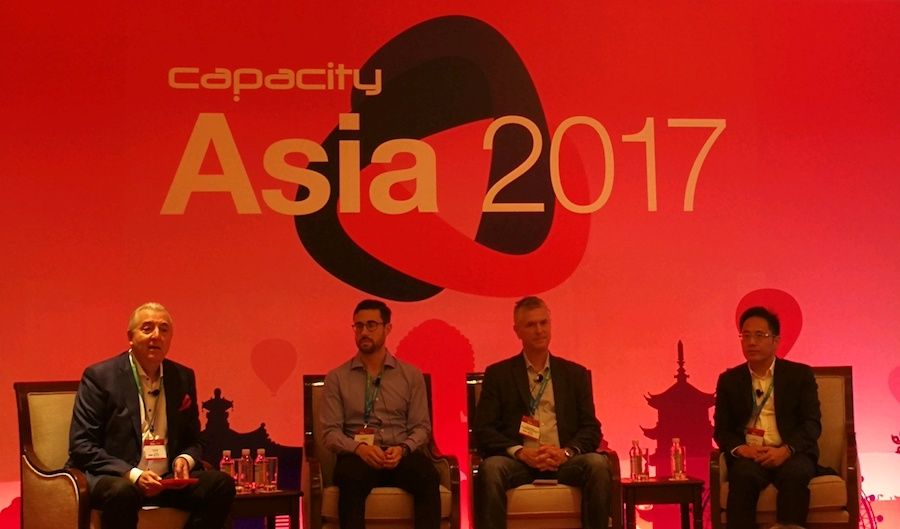A carrier is a provider of transport level infrastructure to the cloud. It connects the cloud service provider to the customers. Although telecom companies provide services to the lower layers of the stack, carriers are aggressively pushing customized transport solutions tailored for cloud providers and consumers. At Capacity Asia 2017, Zenlayer’s Founder & CEO spoke on a panel about the carrier’s role in cloud adoption.

Here’s an inside look (translated and modulated):
In today’s cloud computing environment, should operators should make changes to adapt to cloud the world?
Tom: The connection and network capabilities are the keys to the cloud’s ability to land, and the Internet is where operators are. That’s why more energy should be devoted to network building.
Bill: Whether operators can adapt to the changes brought by cloud computing needs to be changed in several ways. First, operators should have their own genes, so they should focus on what they are good at. Secondly, they need to change past market views, Culture, put themselves in the position of a service provider to show customers their service capabilities and service attitude; third, with an open mind, docking customer API to support customer growth.
Joe: Carriers should seek a win-win situation for the best long-term solution. Whether cloud, carrier or some related service platform, Carriers need to find a sustainable competitive advantage to maximize value. Since the operator’s domain is in the infrastructure layer, the operator should continue to invest in the best infrastructure. Rather than investing in cloud operations, carriers should partner with more vendors to grow the platform. As both groups grow, carriers will reap the benefits.
With the development of public cloud computing, security becomes a greater issue. How should we deal with it?
Tom: CloudFlare addresses security issues primarily at the application level, mainly by mitigating DDoS attacks, preventing customer data leakage and preventing malicious robot abuse.
Bill: IBM collaborates primarily with top companies in the security arena at different levels to integrate best-in-class security products into our structural systems to address customer security issues that give our customers the best in security services and security.
Joe: Security is really a tricky issue, especially when it comes to data transfer. Zenlayer has also been working hard to help customers solve security problems. We are focused on the protecting the network layer and the edge with a new DDoS solution (in 2018).
Content transmission is becoming more globalized, in particular with emerging markets in Asia. How should we view globalization? Do we want to unite all forces that can be united?
Tom: Today’s Internet market is a more global market. As a U.S. company, we have only focused on the U.S. market. Now we need to look at more markets. Like CloudFlare. We are not only in the United States, but also in Europe and Asia. As our optimism grows in Asia, we will also increase investment in local production to develop products suitable for the Asian market.
Bill: IBM has been adhering to the globalization. We need different strategies for different markets in different countries. In particular, we must adapt to the local culture and work with different partners to build a product platform.
Joe: The globalization of the digital economy is trending. The connection between users, locations, data, and applications has become even more important. This is both a challenge and an opportunity. Who can solve the current globalization issue and who seizes this opportunity?
Asian markets, such as China and India, are now globalized. The opportunities outweigh the challenges, despite cultural and policy challenges. Zenlayer is committed to the development of the ecosystem by partnering with operators, data center service providers, and cloud vendors to build edge computing and connectivity platform. We hope that customers, through our platform, can quickly realize the globalization of (their) business.
2017 is over. What’s hot for the next three years?
Tom: Future Trends: Global Network, Cloudy Platform, Security Issues
Bill: The business model will change. A simple and quick platform is at the core of everything.
Joe: Everything will be “experience” based. User behavior is changing. Real-time interaction is the new normal. Whether it be the infrastructure, networking, or applications, enhancing the user experience is the ultimate goal.

